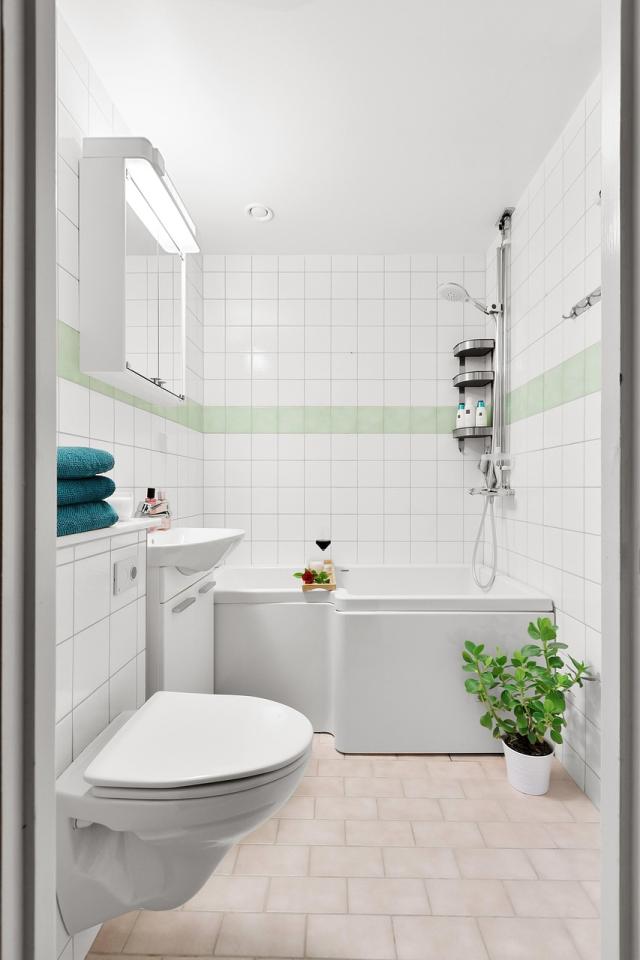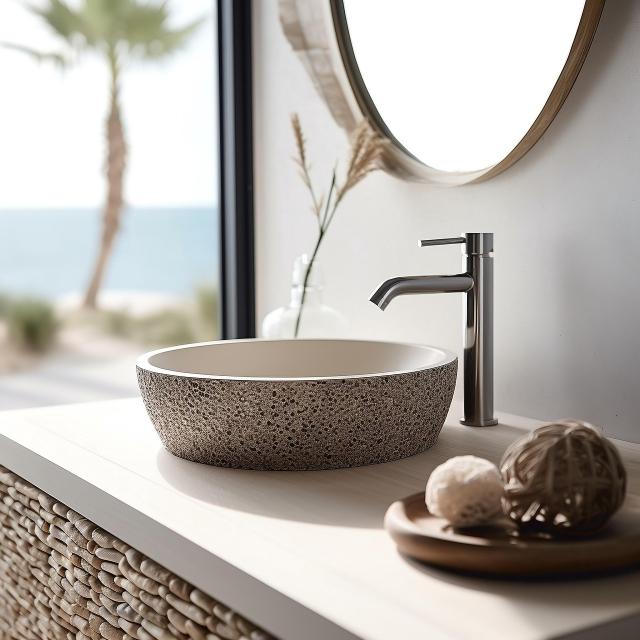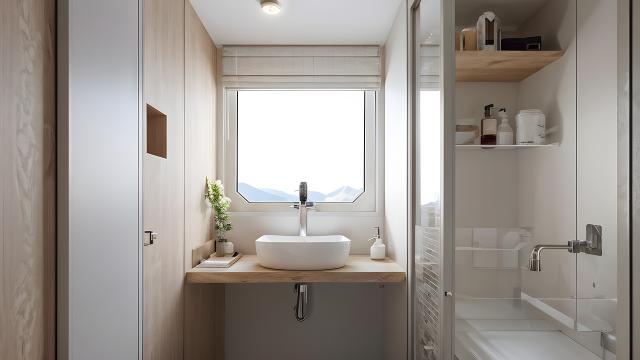
Best Tile Size for Bathrooms: Choosing for Walls, Floors,...
When renovating a bathroom, one of the most important design choices you'll make is the size of t...

Choosing the right floor tile color for your bathroom is more than just a style decision—it's about functionality, mood, and how the room feels day-to-day. Whether you’re remodeling a compact powder room or designing a large spa-like space, the floor color plays a huge role in the final result.
In fact, according to a 2023 survey by the Interior Designers Association, 78% of professionals said that tile color selection is one of the most debated decisions during a bathroom renovation. This guide will help you navigate the options so you can confidently choose a color that looks stunning and works with your lifestyle.
When picking a floor tile color, there are a few key aspects to think about:
For small bathrooms, lighter tile colors work best. Shades like white, beige, soft gray, mint, or pastel blue visually expand the space, making it feel open and clean.
In contrast, larger bathrooms can handle richer or darker tones, such as graphite, deep navy, or even black, which add sophistication and structure.
If your bathroom lacks natural light, opt for warm tones—think cream, sandy beige, or light caramel. These tones compensate for low light and make the space feel cozy.
On the other hand, bathrooms with ample natural light can easily incorporate cooler colors like light gray or even subtle blues, which can feel refreshing and airy.
There are a few shades that remain go-to favorites for designers and homeowners alike. Here's a closer look at what each offers:
A neutral and versatile option that adds depth without being overpowering.
Works well in modern or minimalist bathrooms.
Easy to pair with colorful accents or wood tones.
Brings warmth and comfort.
Perfect for traditional or transitional designs.
Pairs beautifully with gold or brass fixtures.
Adds a bold, contemporary feel.
Great for zoning or adding contrast.
Looks stunning with matte black or stainless steel finishes.
Offers luxury without the cost of real marble.
Ideal for elegant bathrooms or spa-like designs.
Available in shades from ivory to dove gray.
Many designers are now using multiple shades of the same color for added depth. For example, combining light and dark gray tiles can create a gradient or ombré effect, or define different zones (like wet vs. dry areas) within the room.
Thanks to advances in technology, today's bathroom tile goes far beyond basic ceramic. Modern trends include:
Fewer grout lines for a sleek look.
Easier to clean and maintain.
Creates a sense of seamless flooring.
Tiles that mimic natural stone, wood, or fabric textures.
Digital printing allows hyper-realistic finishes.
Get the beauty of hardwood or marble with the water resistance of porcelain.
Mixing surface finishes creates visual contrast.
Glossy tiles reflect light, while matte tiles feel soft and grounded.
LED strips under translucent tiles add a modern, futuristic vibe.
Used to highlight paths or add ambiance for nighttime use.
Interior designer Anna Mikhailova, with over 200 projects across the U.S. and Europe, offers her insight:
“Most people are afraid of dark colors on the floor, especially in bathrooms. But used properly, a dark tile can create a stunning, luxurious effect. In one of my recent designs, we used a deep navy matte tile with soft lighting, and it created the illusion of a water surface—absolutely magical.”
Her advice?
“Choose your floor tile color not just based on trends, but on how you live. If you have kids, pets, or simply don’t want to clean every day, avoid pure white. Go for something textured and neutral—those small details make a big difference.”
Mid-tones like medium gray or light brown hide dirt and water stains better than very light or very dark colors. These shades are ideal for busy families or anyone looking for a low-maintenance solution.
Yes! Just make sure to pair it with good lighting—especially overhead and mirror lights. Choose glossy finishes to bounce light around, making the space feel more open.
Use the 60/30/10 rule:
60% dominant color
30% secondary color
10% accent color
This method keeps your palette cohesive and avoids visual clutter.
Show dust and dirt more easily.
Require regular cleaning.
Use ceramic tile cleaner for best results.
Wipe tiles down after each use.
Clean grout with an anti-mold solution every few weeks.
Better at hiding dirt.
May show mineral deposits from hard water.
Use water-repellent sealants to protect the surface.
Avoid abrasive cleaners that dull the finish.
Choosing the best floor tile color for your bathroom is about balancing beauty with practicality. Look at your space’s lighting, size, and how you use the bathroom day to day. A great tile color not only transforms your bathroom’s look—it improves your everyday comfort.

Best Tile Size for Bathrooms: Choosing for Walls, Floors,...
When renovating a bathroom, one of the most important design choices you'll make is the size of t...

When it comes to bathroom renovations, choosing the right color combination for wall and floor ti...

Thanks for joining our homeowners’ community.
Stay tuned!
Choose the category
Choose the category